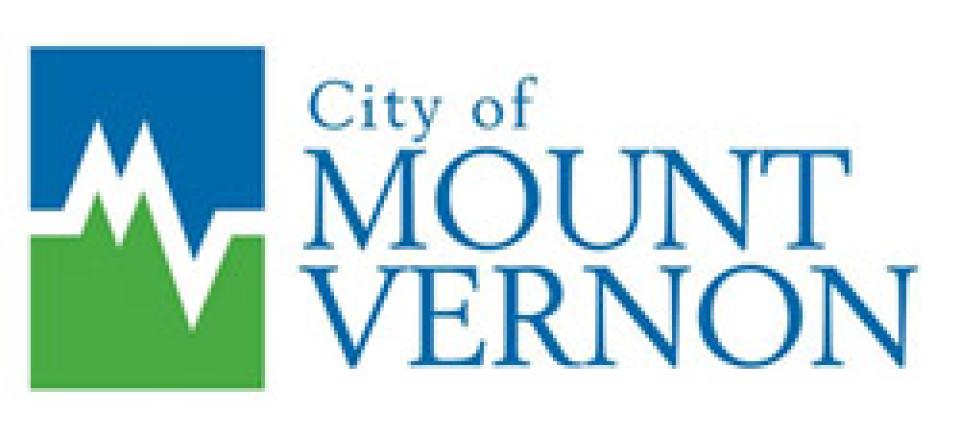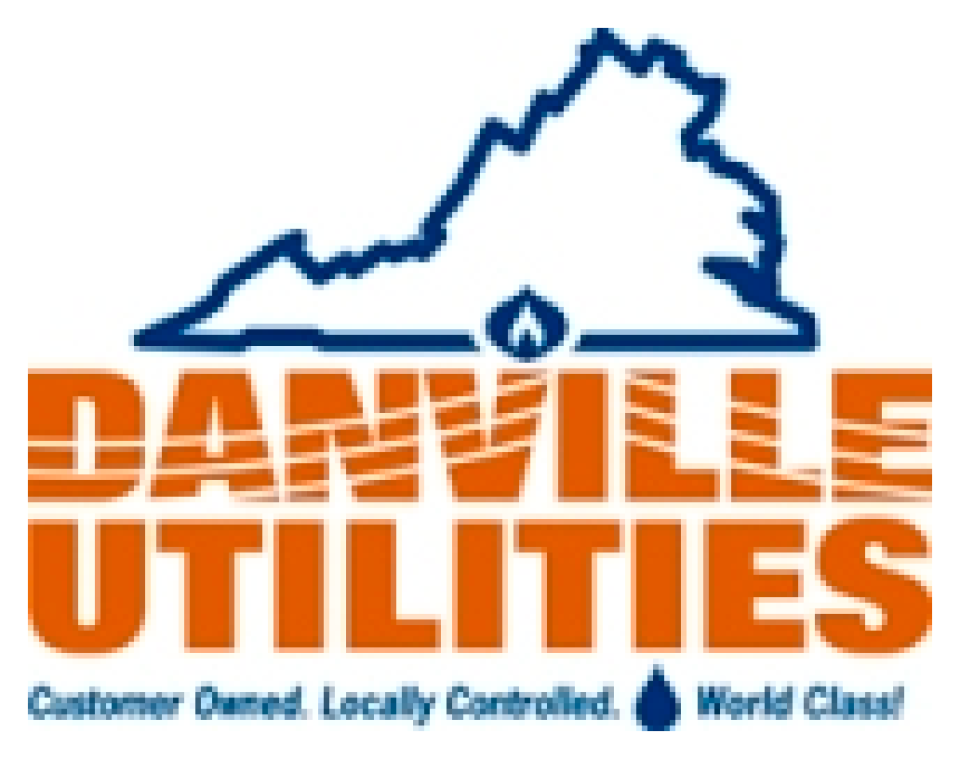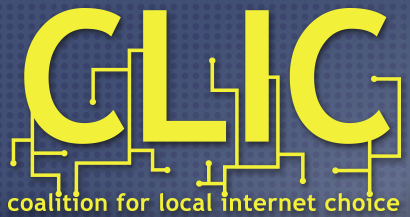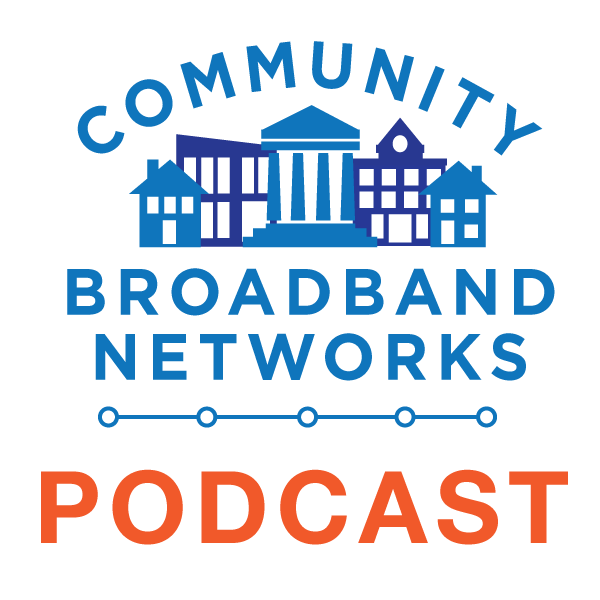
Fast, affordable Internet access for all.


Fifteen years ago, Holyoke Gas & Electric (HG&E) began its incremental fiber deployment to meet the need for better connectivity in the community. Since then, they have invested savings created by initial and subsequent investments. Over the years, HG&E expanded their services, becoming the ISP for several local business customers in two nearby communities. HG&E also established a regional interconnection agreement and it is now an ISP for municipal agencies in a third community 30 miles away.
The Berkman Center's most recent report, report, "Holyoke: A Massachusetts Municipal Light Plant Seizes Internet Access Business Opportunities,” documents their story.
From the Abstract:
The Holyoke Gas & Electric Department’s telecom division competes with Comcast and Charter and serves 300 business customers and numerous public buildings. It has shown steady growth in revenues, and $500,000 in net earnings over the past decade. It also saves the city at least $300,000 a year on various Internet access and networking services. HG&E's telecom division is also now providing a variety of services to three other municipalities. Finally, the utility is considering a residential high-speed Internet access offering, something the muni in neighboring Westfield is piloting later this year. HG&E’s success in a competitive environment was achieved without any debt issuance, tax, or subsidy from electricity or gas ratepayers.
Key Findings:
Located at the foot of Mount Hood in Oregon, Sandy's municipally-owned full fiber network offers gigabit Internet service for under $60 to every resident in the city. Sandy is one of the few municipal FTTH networks that has been built without having a municipal electric department.
The Institute for Local Self-Reliance released this short video this week about the city’s approach—it should be a model for others who want faster Internet, but remain paralyzed by the big telecom monopoly stranglehold.
City managers, frustrated that they couldn't even get a DSL line in to City Hall started off by building their own wireless and DSL network, beginning in 2001. Today, 60% of the community has already subscribed to the Fiber-to-the-Home network, or is on a waiting list. View the video below, or on YouTube here.
Be sure to check out our report on Sandy, SandyNet Goes Gig: A Model for Anytown, USA.
Western New York residents are welcoming the presence of a new Internet service provider, Empire Access, competing directly with Time Warner Cable and Verizon. Besides satisfied customers, no data caps, and no usage-based billing, Empire is different from the incumbents in another way - it uses nonprofit network infrastructure to deliver services.
StopTheCap writes that Empire Access utilizes the Southern Tier Network (STN) to connect to communities in Steuben, Chemung, and Schuyler Counties in its southern service area. STN's 235-mile backbone was deployed when fiber-optic manufacturer Corning contributed $10 million to build the network and the three counties contributed the remaining $2.2 million. Construction on the open access network was finished in the spring of 2014.
Axcess Ontario provides the fiber route in the northern region of the Empire Access service area. The network is also a non-profit model and similarly developed to serve business, community anchor institutions, and ISPs. The organization began 10 years ago with the establishment of the nonprofit. The Ontario County Office of Economic Development /Industrial Development Agency provided startup costs to deploy the $7.5 million middle-mile open access dark fiber network. Axcess Ontario is also over 200 miles long.
For now, the locally-owned company that began in 1896 with one telephone and grew from there, is taking a different approach then its much larger competitors. From StopTheCap:
Empire targets compact villages with a relatively affluent populations where no other fiber overbuilder is providing service. It doesn’t follow Google’s “fiberhood” approach where neighborhoods compete to be wired. Instead, it provides service across an entire village and then gradually expands to nearby towns from there.
Cumberland and the Allegany Board of Education are collaborating to improve educational, municipal, and business connectivity in the city's downtown area, reports GovTech.
The district's 23 schools are all connected, but the Maintenance and Facilities Warehouse is not yet connected. The location of the facility and the proposed fiber route will create an ideal opportunity to install fiber in a commercial corridor where ISPs can tap into the infrastructure, notes Cumberland's economic development coordinator Shawn Hershberger:
“It will expand upon the solid resources we already have and make us more competitive for future economic development projects,” said Hershberger
The project will cost approximately $220,000. Half of the funding will come from a federal Appalachian Regional Commission grant. The school board and the city will split the remaining cost.
The city will connect its public service buildings and provide splice points for ISPs, who will be responsible for the cost to connect the last mile to the customer.
“Providing additional options for high-speed Internet service in Allegany County can only be a positive move for economic development and growth. The downtown area specifically will benefit from competitive pricing available to private entities with reliable and redundant high-speed service,” said [Chief Information Officer for the school board Nil] Grove.
…
“It helps us toward the jobs we are trying to compete for and helps us keep the jobs we have here now,” said Hershberger.

Every now and then, we stumble across something, read it twice, and then decide we need to verify it. In North Kansas City, a municipal fiber network operating in partnership with KC Fiber, is delivering a gig to residents at no ongoing charge after a reasonable one-time fee. To get the story, our interview this week for Community Broadband Bits is with Brooks Brown, Managing Partner of KC Fiber. KC Fiber is now running the North Kansas City municipal fiber network, liNKCity.
The network delivers a free gigabit to the schools and after a one-time fee of $50-$300 (depending on desired connection capacity) residents can get a high quality fiber Internet connection with no additional charges for 10 years. KC Fiber is not your ordinary ISP, coming from the data center world where it does business as Data Shack. We discuss how this background makes it easier for KC Fiber to offer the gigabit at no ongoing cost in our interview. Read the rest of our coverage of North Kansas City.
This show is 16 minutes long and can be played on this page or via Apple Podcasts or the tool of your choice using this feed.
Transcript below.
We want your feedback and suggestions for the show-please e-mail us or leave a comment below.
Listen to other episodes here or view all episodes in our index. See other podcasts from the Institute for Local Self-Reliance here.
Thanks to bkfm-b-side for the music, licensed using Creative Commons. The song is "Raise Your Hands."
In a video calling for "Broadband Equity," the Tennessee Fiber Optic Communities have released a video explaining why communities must have their local Internet choice restored.
We encourage you to Like and Follow their campaign on Facebook.
In Idaho, Ketchum appears to have abandoned its flirtation with a municipal fiber optic network, choosing instead to lay conduit as a way to encourage private investment. The decision is an interesting result that suggests incumbent Cox Communications has considerable power over local decision making.
Readers may recall how in May 2013 the local broadband advisory committee booted Cox representatives off the roster. Residents began to receive telephone calls which amounted to push polls from the incumbent cable provider; the then-Mayor would would have none of that. Even though communities leaders had not stated they were considering a municipal network, they were put off by Cox's underhanded approach.
Since then, the administration has changed and it appears this time Cox has successfully shanghaied the decision. Cox is back on the committee establishing a plan and pressing for the result we would expect. From a Mountain Express article:
Guy Cherp, vice president of operations for Cox Communications, was part of the strategic planning committee. He said the group concluded that the city should not become a public Internet provider, as the cost would be exorbitant and high bandwidth is not needed by most Wood River Valley businesses. Those who desire it, he said, can pay for private installation—and several local businesses do.
Ketchum’s Internet service is as good as it is anywhere, Cherp said—speaking to the 2013 Magellan report, which stated that traditional broadband users complained of inconsistent speed and reliability, as well as slower service during peak Internet times.
“The notion that Ketchum is lagging behind, we don’t see that,” he said.

When a community invests in a municipal broadband network, it often does so because it hopes to reap economic benefits from the network. Many people and organizations have explored the positive relationship between municipal Internet networks and economic development, including a White House report published in January 2015. Municipal networks create jobs by ensuring businesses have fast, affordable, and reliable Internet access; the old DSL and cable networks just don't cut it. These networks improve the productivity of existing businesses and attract new businesses to communities, allow individuals to work from home more effectively, support advanced healthcare and security systems, strengthen local housing markets, and represent long term social investments in the form of better-connected schools and libraries. They also create millions of dollars in savings that can be reinvested into local economies.
"Upgrading to higher speed broadband lets consumers use the Internet in new ways, increases the productivity of American individuals and businesses, and drives innovation throughout the digital ecosystem." - Executive Office of President Obama
When municipalities choose to deploy fiber networks, they introduce Internet services into the community that are not only significantly faster than DSL and cable, but more reliable. With more reliable fiber connections, businesses and individuals are far less likely to experience temporary blackouts that can halt productivity in vexing and expensive ways. And because these networks are locally-owned and operated, business owners do not have to spend hours on the phone with an absentee Internet Service Provider like AT&T in the (albeit unlikely) event of a problem.
We at the Institute for Local Self-Reliance have catalogued numerous examples of economic development achievements that have occurred as a result of local governments deploying a municipal broadband network. Below, you can find a wide range of articles, studies, anecdotes, and other resources that speak to the economic successes enabled by municipal networks, organized by topic:
Keep up to date with all things community broadband by subscribing to a once-per-week email with stories about community broadband networks.
Municipal networks create jobs:

Look no further than Morristown, Tennessee, for an example of job creation thanks to municipal fiber. The city took advantage of its local electrical utility, Morristown Utility Systems, to provide gigabit speeds, and businesses jumped at the opportunity. In 2013, Oddello Industries, a furniture manufacturer, brought 228 jobs to the community after investing in a $4.4 million site expansion in Morristown. More recently, a call center looking to relocate to the city was wowed by the municipal utility’s offer to install fiber for free because the city valued the future economic benefits the call center would bring to Morristown over the cost of the fiber installation.
"You can't grow jobs with slow Internet." - Stephanie Rawlings-Blake, Mayor of Baltimore
Municipal networks attract new businesses:

The city of Mount Vernon, Washington has two things in common with our country’s first president, but unlike George, it boasts an impressive municipal broadband network that has attracted high-tech businesses. For example, a digital legal firm, Blank Law, relocated from Seattle to Mount Vernon in order to take advantage of faster speeds offered by the city’s municipal broadband network. While high-speed Internet was not the only reason Blank Law cited for choosing Mount Vernon over other towns (other reasons include quality of life and free parking), it played a significant role. Fiber is rarely the sole reason for a relocation, but it can often be a deciding factor.
"It's almost a feeling of disbelief when we tell companies today we can provide a gig to your business and to your house...These companies want to go where they can see the gig service." - Marshall Ramsey, President of the Morristown, Tennessee Chamber of Commerce
Municipal networks serve existing businesses and keep critical jobs in town:

The small Minnesota town of Windom nearly entered crisis mode when Fortune Trucking, a local company that employed 47 people in a town of 4,600, announced that slow Internet speeds might force it to leave town. Although the company’s headquarters were located a mile outside of the Windom’s jurisdiction, community members successfully lobbied to bring municipal fiber to Fortune, saving those jobs and stabilizing the local economy.
"Municipal broadband can be a powerful lever against the digital divide that condemns people to the isolation and reduced economic opportunities experienced by many of our low-income, disabled, and people of color community members" - Kshama Sawant, Seattle City Councilmember

Municipal networks support home-based productivity:

Municipal networks advance healthcare, education, and research:
"We are embarking on new initiatives with our local school district and regional colleges and universities to leverage broadband and to facilitate discussion between schools and the business community to strengthen, retain and attract quality workforce" - Dana McDaniel, Deputy City Manager of Dublin, Ohio
Municipal networks initiate tech booms and incubate start-ups:

"...in the 21st century, in this age of innovation and technology, so much of the prosperity that we're striving for, so many of the jobs we want to create, depend on our digital economy" - President Barack Obama, Speech at Cedar Falls Utilities

Municipal networks save money, which can be reinvested in local economies:
Municipal networks increase home values:
 Photo courtesy of Dennis van Zuijlekom through Flickr Creative Commons
Photo courtesy of Dennis van Zuijlekom through Flickr Creative Commons
General resources on economic development and municipal / broadband networks:

"The message to policymakers is clear: If you want to increase economic growth, focus on broadband." - Robert Pepper, Vice President of Global Technology Policy at Cisco

Video and audio resources on economic development and municipal networks:
"Having the infrastructure in place around technology, as well as the asset of this really historic and charming downtown, is a really interesting intersection and I think a lot of people are drawn to that." - Kimberly Van Dyk, Director of Planning and Community Revitalization of Wilson, North Carolina
A feasibility study conducted by the Lubbock Power & Light (LP&L) Electric Utility Board this April discussed several potential benefits of installing a fiber optic cable in the City of Lubbock, Texas. Charles Dunn, a member of the Utility Board, proposed installing fiber optic cables alongside the city’s utility lines, which are currently being buried underground as part of a three-phase, $1.9 million downtown redevelopment initiative.
A fiber optic cable, Dunn contended, could increase Internet speeds hundredfold (from a max speed of around 10 Mbps to one above 1 Gbps), attract high tech companies to the city, and induce Texas Tech University students to stay in Lubbock after they graduate. In Lubbock, where Internet speeds run about 35 percent slower than they do in the rest of the state, a fiber network could be a boon for businesses and residents alike.
According to the April feasibility study, the fiber project might not even eclipse $100,000. LP&L would shoulder the costs of the project by drawing from its own budget. Both Dunn and LP&L director of electric utilities, David McCalla, believe that fiber would greatly benefit the community.
CEO of McDougal Companies, Marc McDougal, also argued in favor of the installation of the cable. From Fox 34 News:
Quite honestly, it would give us something that very few cities have... It would give us a huge advantage in another market to recruit businesses for downtown Lubbock.
Changes in leadership in Chanute have put the community's FTTH plan in suspended animation. In April, the City Commission decided to delay financing shortly before the scheduled bond sale. It is unfortunate that residents and businesses will lose the opportunities the fiber deployment would bring. Nevertheless, they deserve the right to make their own choices, good or bad.
The community of Chanute deployed a network incrementally with no borrowing or bonding in order to improve efficiencies, save public dollars, and control connectivity for municipal facilities. Local schools and colleges, struggling to compete, began taking advantage of technology in the classroom and expanded distance learning. The network eventually created a number of economic development opportunities when community leaders started providing better connectivity to local businesses. We told Chanute's story in our 2013 report "Chanute's Gig: One Rural Kansas Community's Tradition of Innovation Led to a Gigabit and Ubiquitous Wireless Coverage."
Chanute made history when it was the first municipality in Kansas to obtain permission from the Kansas Corporation Commission to issue bonds for the project. They also became the first municipality in the state to seek and receive "eligible telecommunications carrier" (ETC) status. Chanute was awarded over $500,000 in Rural Broadband Experiment Funds from the FCC. Whether or not they will still be able to take advantage of those funds remains a question. After taking action and putting so many of the necessary pieces in place, it is disheartening to see the plan abandoned by politicians.
Regardless of the future of the FTTH project, Chanute has the infrastructure in place to encourage more economic development, connect community anchor institutions, and allow the community to control its own costs. The FTTH project is still a possibility.